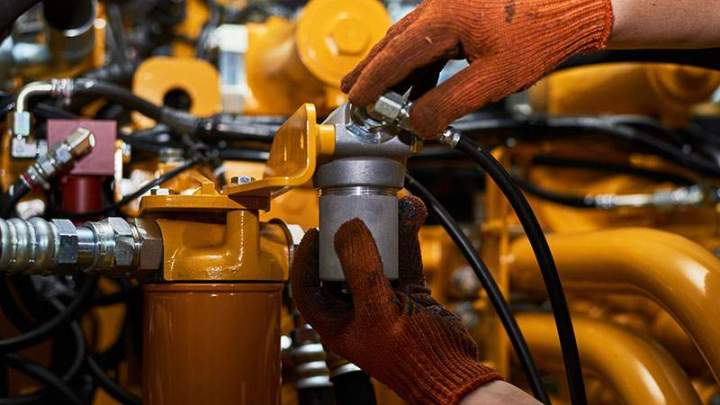What Are Hydraulic Parts and How Do They Work?

Hydraulic systems are the backbone of countless heavy-duty machines, relying on specialized parts to generate immense power. Understanding these components is key to maintaining vital equipment. Metro Diesel and Turbo Service explains their function.
The Principle of Hydraulics and Key Components
At the heart of any hydraulic system lies Pascal's Principle, which states that pressure applied to an enclosed fluid is transmitted undiminished to every portion of the fluid and the walls of the containing vessel. In practical terms, this means a small force applied to a small area of fluid can create a very large force on a larger area. Hydraulic parts are the precisely engineered components that harness this principle to generate and control powerful linear or rotary motion. Key components include the hydraulic pump, which converts mechanical energy into hydraulic energy by pushing fluid (typically oil) through the system.
This pressurized fluid then travels through hoses and pipes to actuators, such as hydraulic cylinders (for linear motion like lifting or pushing) or hydraulic motors (for rotary motion like driving wheels or rotating shafts). Control valves regulate the flow and pressure of the fluid, directing it to where it's needed and controlling the speed and direction of the actuators. Reservoirs store the hydraulic fluid, and filters ensure the fluid remains clean to prevent damage to sensitive components. Metro Diesel and Turbo Service provides a comprehensive range of these essential hydraulic parts, ensuring your systems operate with maximum efficiency and reliability, transforming fluid power into tangible work.
How Hydraulic Systems Generate and Transmit Power
The working mechanism of hydraulic parts within a system involves a continuous cycle of fluid pressurization, transmission, and actuation. The hydraulic pump, often driven by an engine or electric motor, draws fluid from the reservoir and forces it under high pressure through the system's plumbing. This pressurized fluid acts as the medium for power transmission, moving through strategically placed control valves. These valves are critical; they can be manually, electrically, or hydraulically operated to direct the fluid's path. For instance, to extend a hydraulic cylinder, the valve directs pressurized fluid to one side of the cylinder's piston, pushing it outwards. To retract it, the valve redirects fluid to the other side.
The beauty of hydraulic systems lies in their ability to transmit immense force and torque with high efficiency and precision, even over considerable distances, without the need for complex mechanical linkages. The incompressibility of hydraulic fluid is fundamental to this efficiency, as it ensures that virtually all the applied pressure is converted into usable work. Regular maintenance, including fluid changes and filter replacements, is crucial to prevent contamination and wear, which can severely impact system performance. Metro Diesel and Turbo Service not only supplies top-tier hydraulic components but also offers the expertise to keep these powerful systems functioning flawlessly, enabling your machinery to perform its demanding tasks with ease and precision.